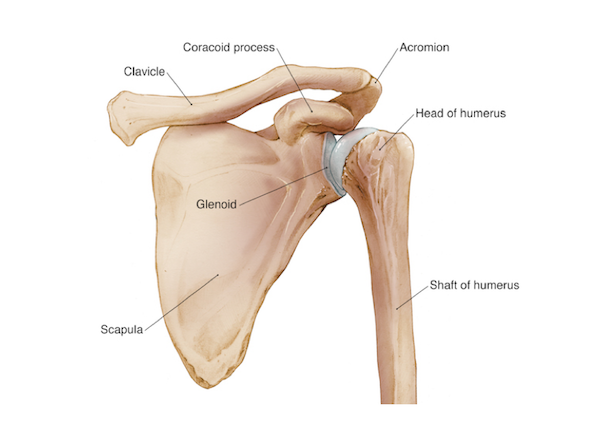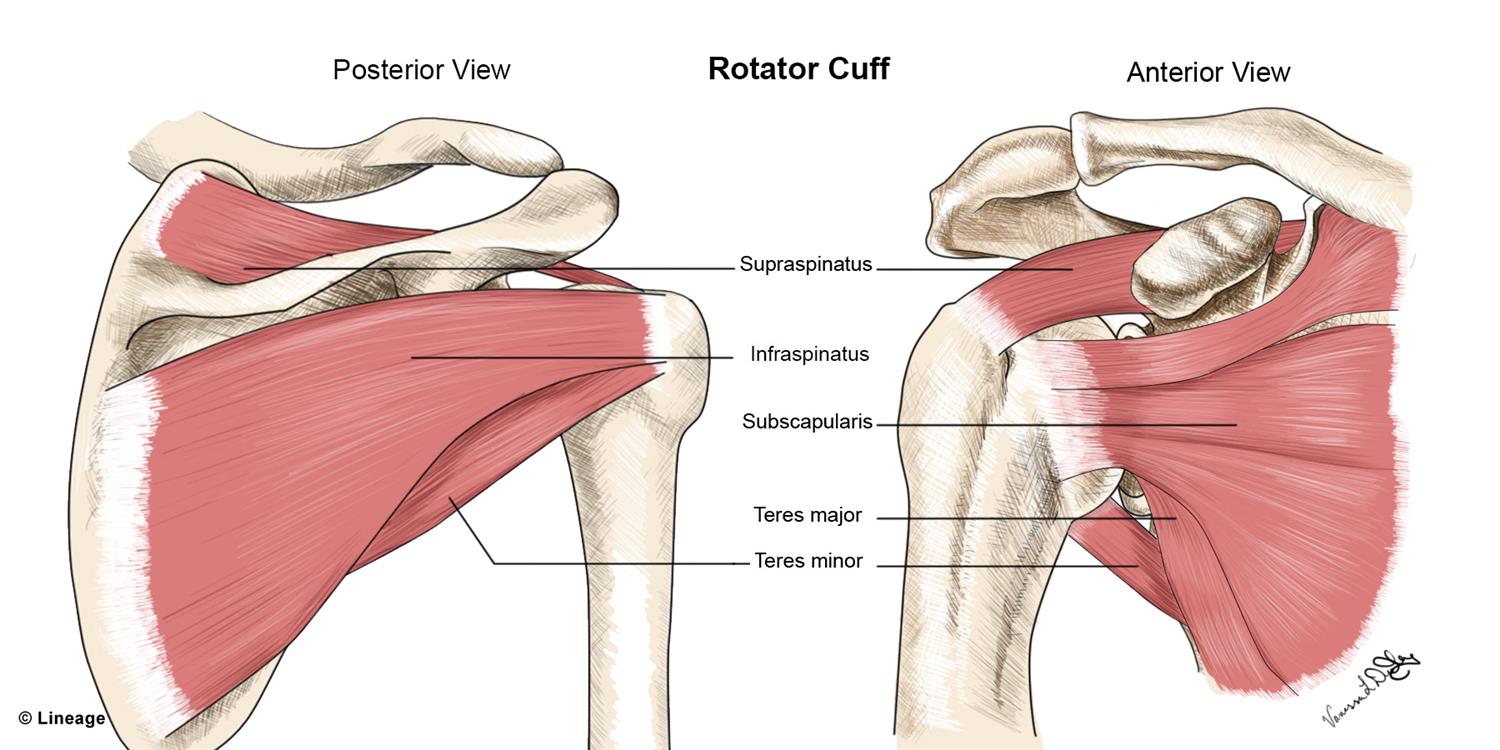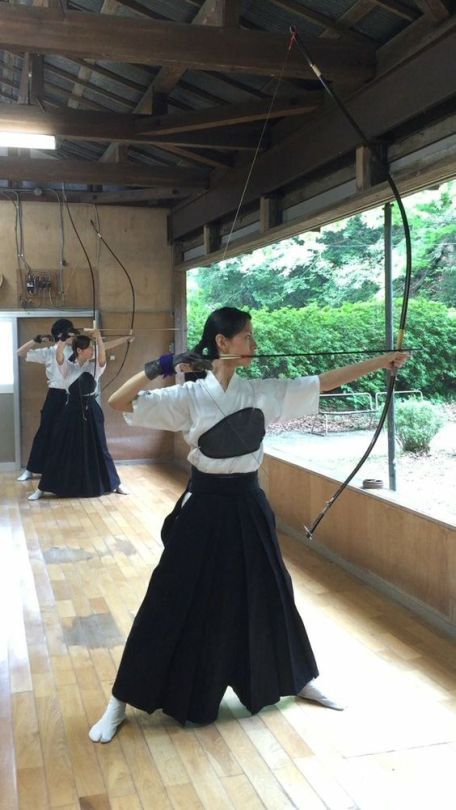Archery Injuries
Archery Injuries
With most physical activity, there is a certain amount of risk of being injured that may be present. This is of course also true with archery. Although injury may be present, even in the most mundane of things, archery, as a recreational activity (as opposed to a method of warfare) is actually relatively safe. In fact, recreational archery sees similar injuries to what are considered quite safe, gentlemanly sports such as tennis and golf. However, being aware of these risks and injuries will assist in mitigating their occurrence and/or severity. This article addresses archery injuries, their causes, and methods to avoid or diminish their effects.
One more note: please consult a doctor, medical professional, or perhaps even an emergency room in case of injury, as we here at ArcheryHistorian.com are archers and historians, not medical experts.

Common Injuries in Archery
Archery injuries are nothing new. Archers have been beating themselves up for millennia. The Arabic manuscript, known by the name “Arab Archery” written circa 1500 concerns itself with all aspects of archery, including archery injuries.
XXII – On blisters and wounds on the index finger of the right hand caused by stringing, clenching, drawing, and loosing, together with the remedies thereof
XXIII – On the blow of the string on the archer’s right thumb, which causes it to turn black and blue on the inside and beneath the nail; as well as on the blistering and bruising of the left thumb at the time of shooting, together with the remedies thereof
XXIV – On the blow of the string on the forearm of the archer and the remedy thereof
XXV – On the blow of the string on the chin of the archer, or on his ear, and the remedies thereof
As you can see, there has been awareness of archery injuries and their remedies for quite some time. Next, we will list the most common archery injuries, and discuss their causes and remedies.
String slap
A very common injury, especially in beginners, string slap can be a painful injury. String slap refers to the bowstring coming into contact with the bow-hand forearm upon release. Even experienced practitioners may on seldom occasion give their forearm a good slap here and there. It is not uncommon and the injury itself is typically not serious.
You will likely see slight discoloration of the skin at the area of impact. Repeated impacts can be progressively more and more painful and some bruising may occur. For most of us, with the exception of the naughty among us who may like such things, this pain and discomfort as well as unsightly bruising is a thing to avoid.

String slap can be well mitigated in two simple ways. The first is with a proper form, and second, when the proper form has not been achieved an armguard or bracer protects the forearm. Proper form may degrade due to fatigue.
A proper grip on the bow as well as maintaining the alignment of the skeletal structure so as to not have the forearm in the way of the string will help minimize the risk of this injury. Modern recurve archers typically grip the bow with the riser pressing against just the fleshy part of the hand below the thumb. The hand is turned and held at a 45-degree angle to the riser. The elbow and sensitive forearm skin are rotated out of the way. Check out this video for more clarification.
Archery Injuries – Fingers
The archer’s fingers and/or hands may be prone to minor injuries. This is true of the bow hand as well as the draw hand.
Injury to the bow hand is mainly to feather burns, caused by the passage of the arrow over the hand and/or fingers upon release. This is of course only true for traditional bows where the “arrow shelf” is formed by the archer’s own hand. This can of course is remedied with the use of a glove. These gloves are typically made from leather. Only the thumb and index fingers are partially covered, as well as the area of the hand between the two digits.
The other simple remedy is addressing the manner in which the archer grips the bow. The author of “Arab Archery 1500 AD” recommends that the bow be gripped in such a way that the nail of the thumb is used as the arrow rest. “Letting the arrow pass over the bases of the nails of the index finger and thumb”…”is by far the best and safest” (Arab Archery, Princeton University Press 1945, page 62).
A widely practiced follow-through technique used by Turkish archers, as well as many others is the khatra. It involves a rotation of the wrist upon release and it can help mitigate contact between the bow hand and the arrow feathers. Check out our article on the khatra follow-through technique for more.
Injuries to the Draw Hand
Drawing a bowstring may cause damage to the fingers. Repeated pressure on the insides of the fingers may even lead to nerve damage. This, interestingly, may cause numbness in the fingertips which makes any painful sensation diminish. Friction with the bow string upon release may also tear and damage the skin of the draw hand fingers.
The main method of addressing this potential injury is protective equipment. In modern times, these devices come in a variety of forms. In ancient and medieval times, protective gloves and thumb rings were used to protect the fingers. Today there are several types of release aids that are comfortable to use and provide a clean, consistent release.
Archery Injuries of the Shoulder (rotator cuff)
Archery injuries of the shoulder are common among archers. They may range from minimal soreness after a day at the range, to serious tears that may require surgery. Before we get too technical, a brief overview of some anatomy is in good order.
The shoulder joint is unique in that it is a ball and socket joint. The other joint(s) in the human body with this arrangement is the hip joint where the upper leg bone (femur) attaches. A ball and socket joint provides a very wide range of motion, yet it is a relatively complex arrangement of bone, tendon, and muscle that can be very susceptible to injury.
The main bones of the shoulder that will concern us are the upper arm bone (the humerus), the shoulder blade (scapula), and the clavicle (collar bone). You may observe these bones in the image below.

The muscles of the shoulder are arranged around this ball and socket joint. Of particular concern is a group of muscles and tendons that are arranged around the ball of the humerus. This group of muscles is collectively called the rotator cuff. Their specific arrangement and names are given below.

Now with some basic anatomy out our the way, let’s get into the injuries. The most common injury of the shoulder, when it comes to archery, is what is known as “shoulder impingement”. This basically involves the muscle and tendon being pinched or impinged between the ball of the humerus and the acromion (see above). This causes all sorts of pain, swelling, and an overall unpleasant ordeal for the archer.
This common yet potentially serious archery injury may be addressed proactively with proper form. We highly recommend you check out the below video for more information on shoulder injuries in archery.
Tendonitis (archer’s elbow)
Tendonitis, being the inflammation and/or swelling of tendons, can occur anywhere where there is a tendon. The shoulders, wrists, and especially elbows of archers are, however, most susceptible to this type of injury. The occurrence of tendonitis in the elbows or archers is quite common, so much so it may be referred to as “archer’s elbow”. Inflammation of the tendons of the elbow is also common in tennis and so you may also hear the term “tennis elbow”.
Symptoms include pain near the very tip of the elbow, typically on the outside portion of the joint. Some swelling may also occur. The technical medical term for archer’s elbow is lateral epicondylitis, it is quite common and can be very painful. Archer’s elbow and tendonitis in general are caused by repetitive strain. They are known collectively as repetitive strain injuries.
One of the main documented causes of archer’s elbow is overbowing. Overbowing is using a bow that is, more or less, too heavy for the operator. The muscles, tendons, joints, and bones of the archer’s body must be trained over long periods of time to adjust to heavier draw weights.
Proper form, a good warm-up, patience and a cool ego will help mitigate archers elbow. Check out the video below from a growing channel with some great information on minimizing archery injury.
Breast Bruising
A common injury especially among beginner female archers. This is essentially a string slap, not on the forearm, but across the breast of the archer. This can be just as, or more painful that the forearm variety of string slap.
In Ancient Greek mythology, it was said that the warlike Amazons, who were expert hunters and archers, cut off their right breasts. This was, as the story goes, intended to help address the issue of the string of their bows hitting the breast and causing pain. Although the removal of the breast itself would have been quite painful. In any event, this has been a real concern for archers for quite some time.
Proper technique and form will help mitigate this injury for most. However special bras and chestplates are available. In traditional Japanese archery (kyudo), female practitioners usually have a chestplate called a Muneate.

Bone Spurs
Bone spurs, technically known as osteophytes, are small bumps or growths of bone. It is a natural immune response of the body to build up the bone in areas of repetitive high stress and inflammation. Osteophytes can occur from any bone, yet they are common along the vertebrae (spine and/or neck bones).
These spurs can take years to develop, so proper form, and a proper warm-up with light bows and stretches can help prevent inflammation from repetitive strain, which will help with mitigating the growth of bone spurs.
https://my.clevelandclinic.org/health/diseases/10395-bone-spurs-osteophytes
Arrow Archery Injuries
Don’t shoot anyone. Don’t get shot.
If you are interested in a more thorough regiment of prevention and wish to build up your archer’s muscles to a higher standard we encourage you to check out the online or in-person courses at https://www.archerystrong.com/.

Stay Healthy and Safe!
